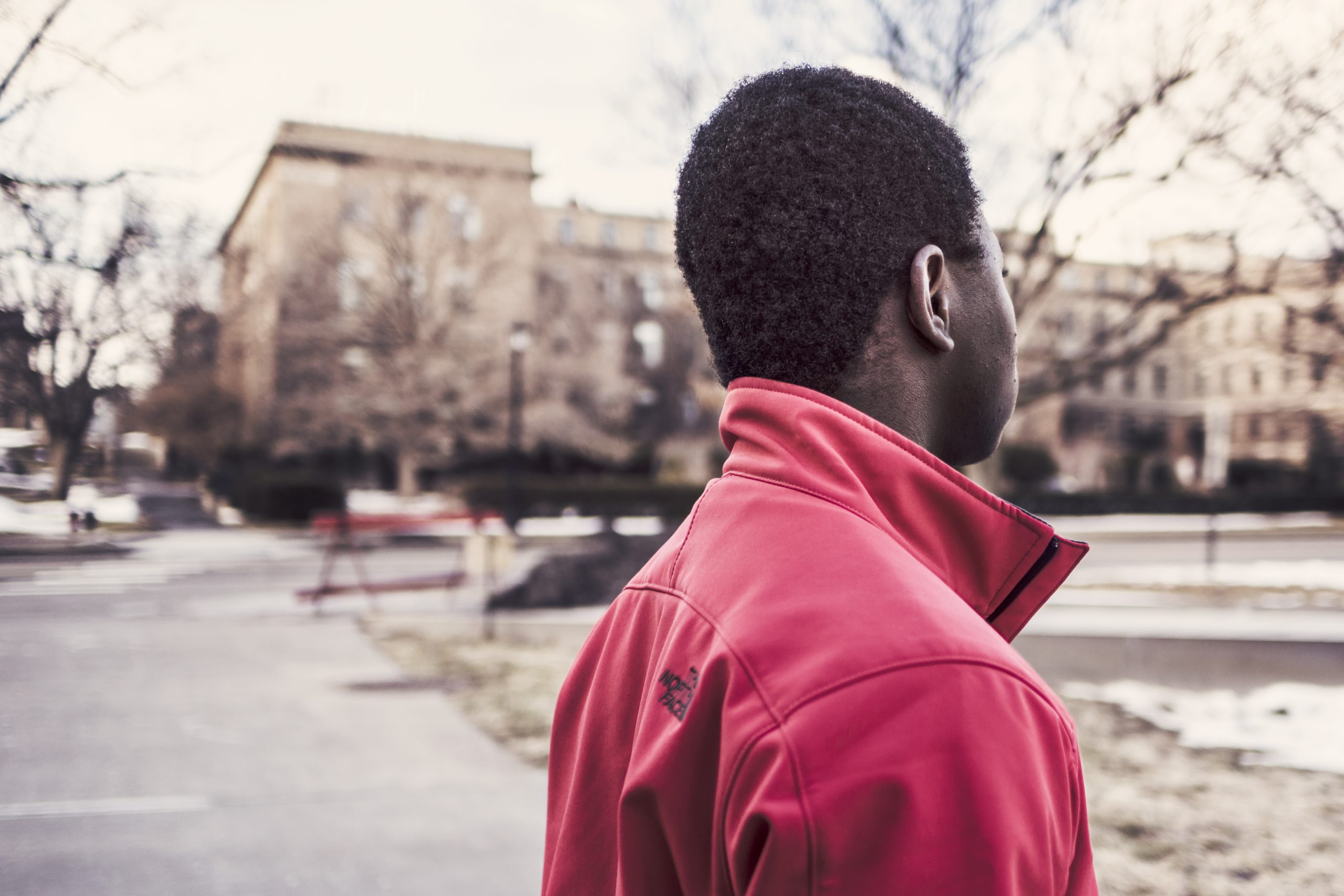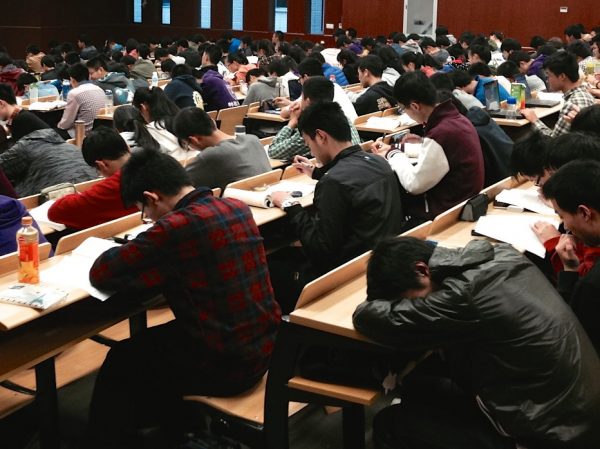
Snappy suits, sparkling smiles, and sob stories—that’s all anyone needs to become a career coach or self-help speaker, right? From print books to online influencers, there is no shortage of gurus willing to help you organize your love life, finances, and more—for a price. But there is little research examining why these so-called “experts” are considered believable. A new piece by Patrick Sheehan shows that career coaches who often lack degrees, credentials, or even any tangible evidence that their work works are still seen as helpful by their clients.
Sheehan observed weekly meetings of “job clubs” for unemployed professionals. He also conducted interviews with club leaders, attendees, and career coaches, professionals who assist people in job searches with both technical and emotional support. Finally, he examined the websites, biographies, and LinkedIn profiles of 15 coaches. These interviews, in combination with the other materials that Sheehan collected, established that emotional connections with clients could serve as qualifications rather than degrees.
Have you ever had a teacher mention failing a class? Did it make you think of them as more relatable or reliable? Sheehan found that many professional career coaches use a similar strategy, gaining the trust of their clients by telling stories of their long-term unemployment. Most of the coaches Sheehan interviewed had inconsistent work experiences and long periods of unemployment, like their clients. Somewhat surprisingly, Sheehan found that self-help professionals maximize their personal stories of unemployment to form emotional connections, all while minimizing their formal credentials. For example, one client described the career coach she hired saying, “I think that she’s going to work hard for me because she’s been in my shoes. Maybe that’s a false assumption on my part, but that’s kind of, I guess, how I feel.”However, these coaches also use their higher position as in-demand specialists to validate their advice. One client Sheehan interviewed talked about how their coach tells them “‘Here, I’m successful, but I was where you were twenty years ago.’” In response, the client said “you can’t help but get your hopes up. So even if … they’re falsely raised, it’s what you want to hear.” In other words, self-help “experts” use their personal experiences to both connect with their clients and establish themselves as experts on how to transcend spotty employment histories.
The bottom line is that, unlike doctors or therapists who use emotional connections to make their existing credentials more respected, self-help experts rely almost entirely on their clients’ opinions of them.
In today’s society where being seen as credible seems more challenging than ever for scientists and doctors and others, could it be that career coaches reflect a shift in social attitudes toward expertise, assistance, and support where personal experiences and emotional connections become as (or more) important than other traditional factors and credentials? Maybe experts in another field should consider adding personal testimonials next to the degrees proudly displayed on those office walls.









